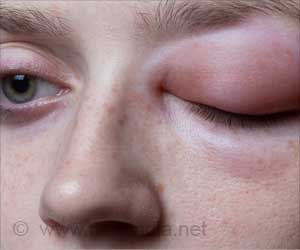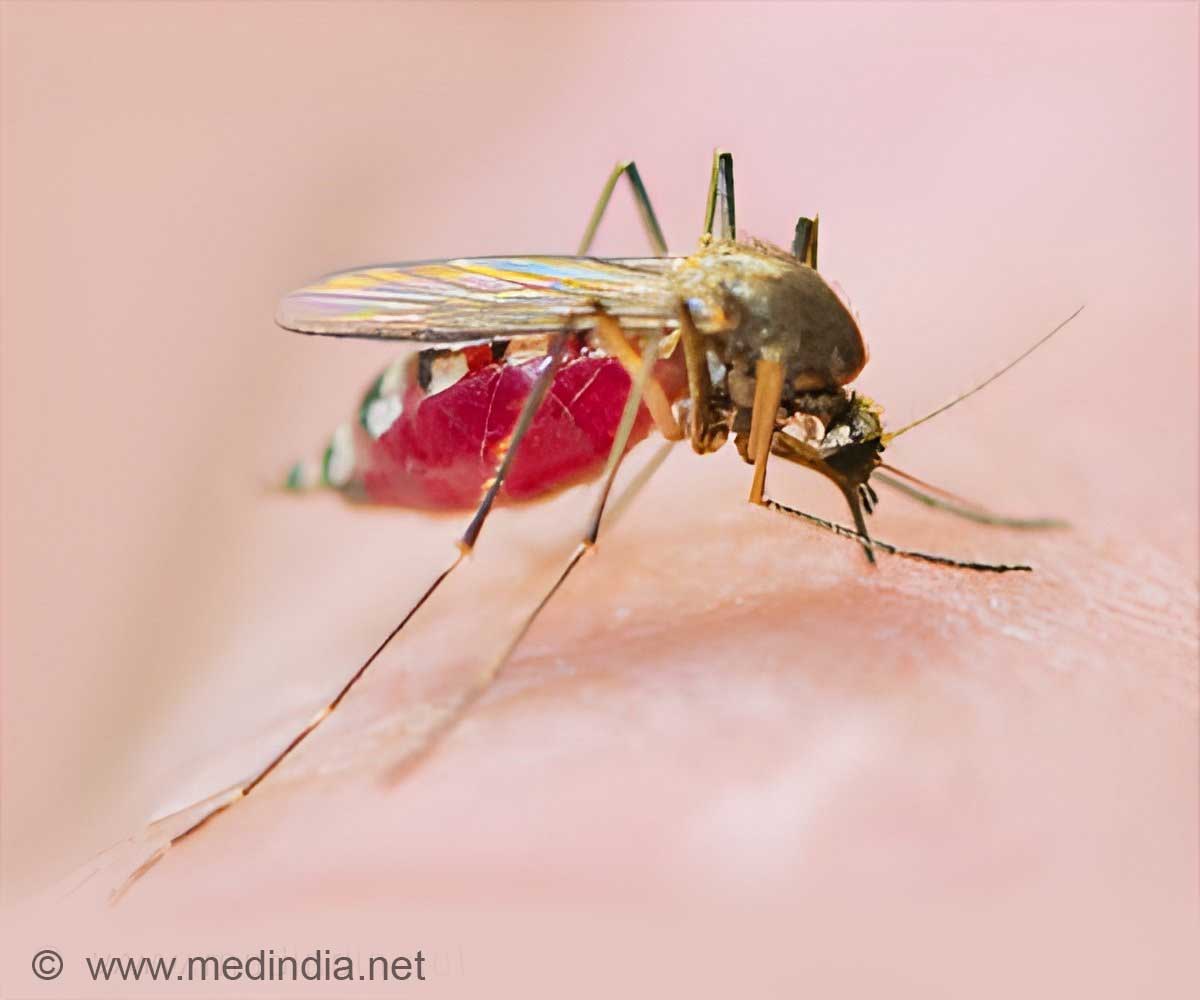One method for detecting food fraud is to determine the δ18O (delta-O-18) value of a product sample, which characterizes the oxygen isotope ratio. Until now, this procedure has been highly time consuming and costly. A case of suspected fraud involved not only collecting reference data from the claimed country of origin, but also comparative data from other regions to validate or disprove the product’s origin.
Cutting costs through model calculation
Basel botanist Dr. Florian Cueni has now developed a model in collaboration with Agroisolab GmbH, a company specializing in isotope analysis. This model is intended for use in simulating the oxygen isotope ratio in plants from individual regions, thereby eliminating the need for the time-consuming collection of reference data. The model is based on temperature, precipitation and humidity data and information about the growing season of a plant, all of which are available from publicly accessible databases.
Cueni tested and validated the model on a unique δ18O reference dataset for strawberries collected across Europe over 11 years. The case study has shown that the model can simulate the origin of the strawberries with a high degree of accuracy.
Wide range of uses
“With minor adjustments to the parameters, our model can be used to determine all plant products,” says Professor Ansgar Kahmen, who led the research project. This makes it possible to simplify and speed up conventional isotope analysis by accurately simulating the regions of origin of agricultural foodstuffs.
The model developed by the Basel botanists is of interest to food forensics officials or the investigating authorities when it comes to the origin of confiscated drugs, for example, as well as to private forensic institutes that inspect food or serve as expert witnesses in court. NGOs such as WWF or Greenpeace are also interested – especially with regard to determining the origin of illegally logged timber – as is the food industry, which suffers reputational damage due to the sale of products that may have been falsely declared.
Source: Eurekalert



